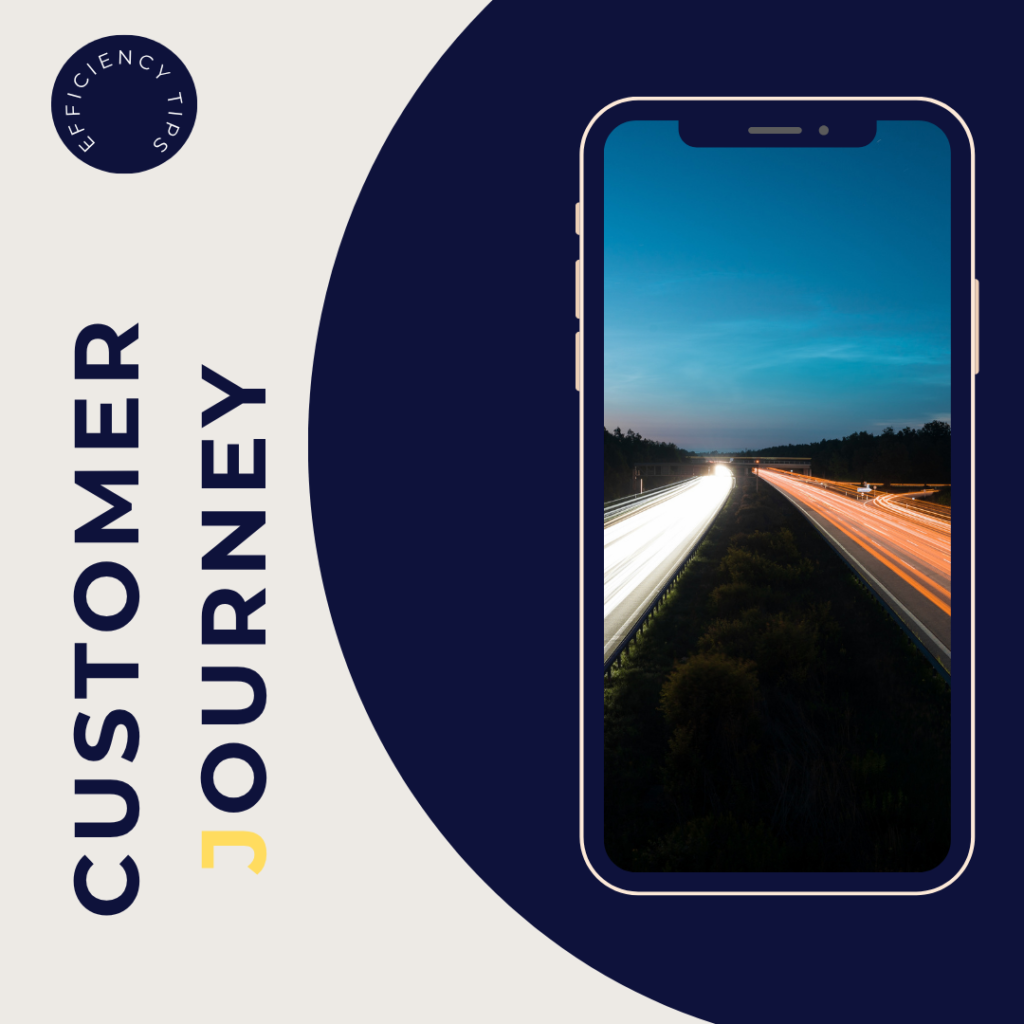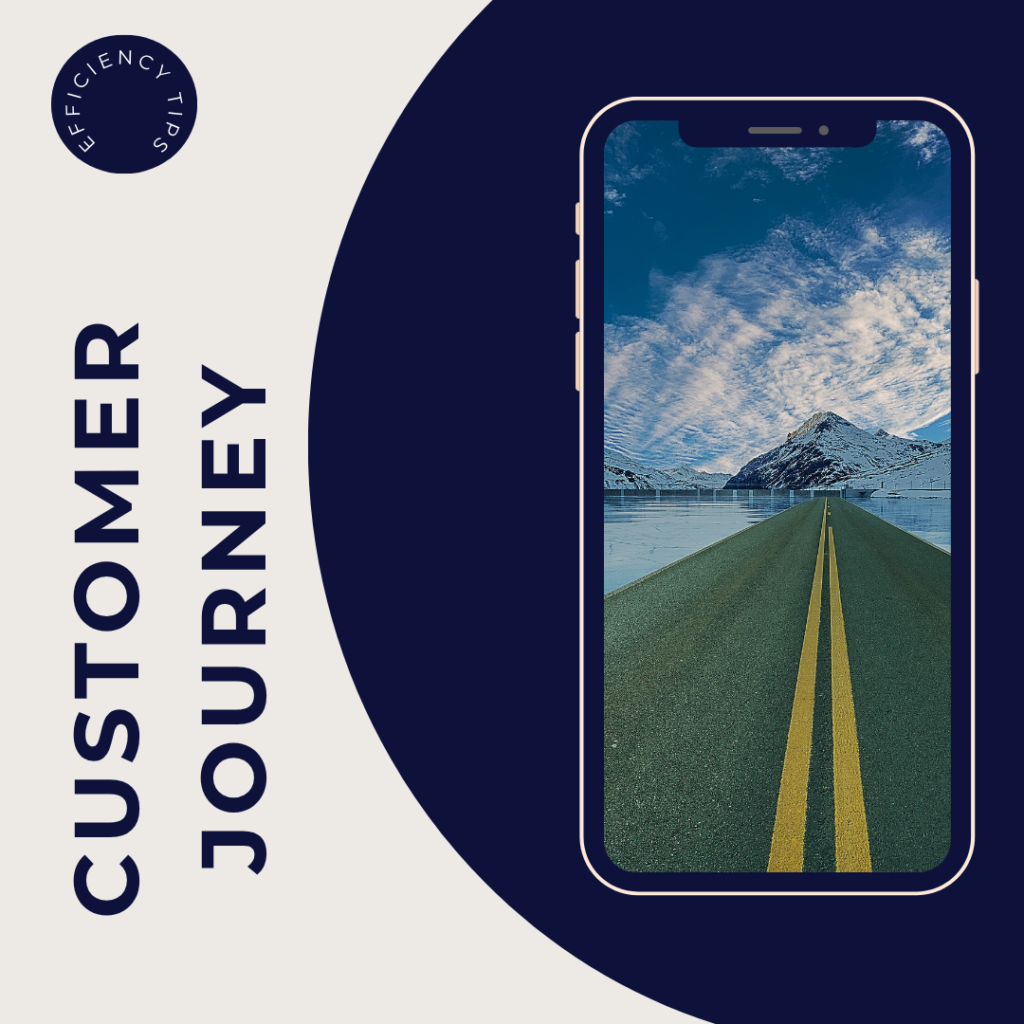





The customer journey is the complete sum of the experiences customers have when interacting with your company and brand. Rather than looking at just a part of a transaction or experience, the customer journey documents the entire customer interaction experience. It encompasses all channels, devices, and touchpoints a customer may use to interact with a company, from the first encounter with a product to post-purchase actions.
The most important thing is to actually follow all the steps step by step. You should start with the customer’s decision and end with feedback (e.g. whether it is convenient to keep it).
The importance of mapping the customer journey
Customer journey mapping is critical to understanding and improving the customer experience. Here’s why it’s important:
Identifying pain points: By mapping the journey, companies can identify where customers are experiencing problems or frustrations. What’s wrong with approaching different target audiences.
Improves customer experience: Understanding the journey helps companies create a smoother and more enjoyable experience. Helps avoid obstacles and conflicts.
Rationalises marketing strategy: Analysing the customer journey helps tailor marketing efforts to better meet customer needs at every stage. Helps allocate budget more favourably.
Promotes customer engagement and retention: A well-designed customer journey can help in developing strategies that increase customer engagement and retention for a long time.

Define buyer personas: Start with detailed profiles of your typical buyers. The more of them – the better. It’s important to consider business-relevant personas.
Outline the stages: Clearly define the stages of the buyer’s journey.
Identify touchpoints: List all the points at which customers interact with your brand. Start with ideas about your product and needs. Define your product values.
The most important thing is to actually follow all the steps step by step. You should start with the customer’s decision and end with feedback (e.g. whether it is convenient to keep it).
Gather data: Use analytics, customer feedback and other data to understand customer behaviour at each touchpoint.
Analyse emotions: Examine the customer’s emotional journey, noting where they experience frustration or satisfaction.
Identify opportunities: Look for ways to improve the customer experience at every stage.
Create a map: Visualise the journey using diagrams or flowcharts to make it easy to understand.
Promotes customer engagement and retention: A well-designed customer journey can help in developing strategies that increase customer engagement and retention for a long time.

Understanding your customer’s journey is crucial to building meaningful interactions and driving conversions. To create a detailed and effective customer journey map, you need to ask the right questions at each stage of the process. Here’s a guide to the key questions that will help you gain insights and improve your customer experience.
Before diving into the journey, identify who your customers are. Ask:
Answering these questions helps you create personas that represent your ideal customers.
A customer journey typically includes stages like awareness, consideration, purchase, and retention. For each stage, ask:
Understanding these goals allows you to align your content and messaging accordingly.
Identifying friction points is essential for improving the journey. Ask:
By addressing these challenges, you can reduce drop-offs and build trust.
It’s important to map out all the ways customers engage with your business. Ask:
This helps you optimize the channels that matter most.
Customer emotions play a huge role in their decision-making. Ask:
This insight helps create a more empathetic and customer-centric experience.
Understanding behavior is critical for optimizing the journey. Ask:
This allows you to streamline the process and guide customers more effectively
To ensure your journey mapping is effective, define key performance indicators (KPIs). Ask:
Clear KPIs ensure that your efforts are measurable and actionable.
Asking the right questions is the foundation of successful customer journey mapping. By focusing on customer goals, emotions, and challenges, you can design a seamless and impactful experience that drives loyalty and business growth. Remember, the journey isn’t static—continually revisit and refine it to stay aligned with your customers’ evolving needs.
This insight helps create a more empathetic and customer-centric experience.
Lorem ipsum dolor sit orot amet, cons ctetur atrd piing elit.
Lorem ipsum dolor sit orot amet, cons ctetur atrd piing elit.
Lorem ipsum dolor sit orot amet, cons ctetur atrd piing elit.